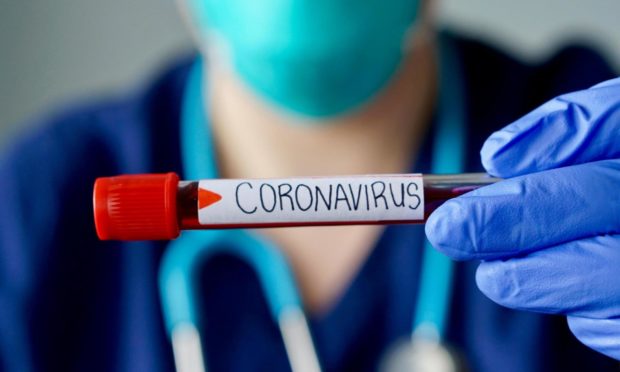Emails have revealed how Scottish Government ministers intervened in the early weeks of the pandemic to ensure Westminster did not take control of coronavirus communications.
The memos, released under freedom of information laws, show that Holyrood health officials reported “confusion and bruising” following a misunderstanding over who should be in charge of public relations when the first Covid-19 cases were confirmed in Scotland.
SNP ministers appeared to react badly when informed a year ago that an NHS Scotland department had announced that media inquiries should be redirected to the UK Government’s department of health and social care (DHSC), as it was to be “leading on communications on behalf of the UK”.
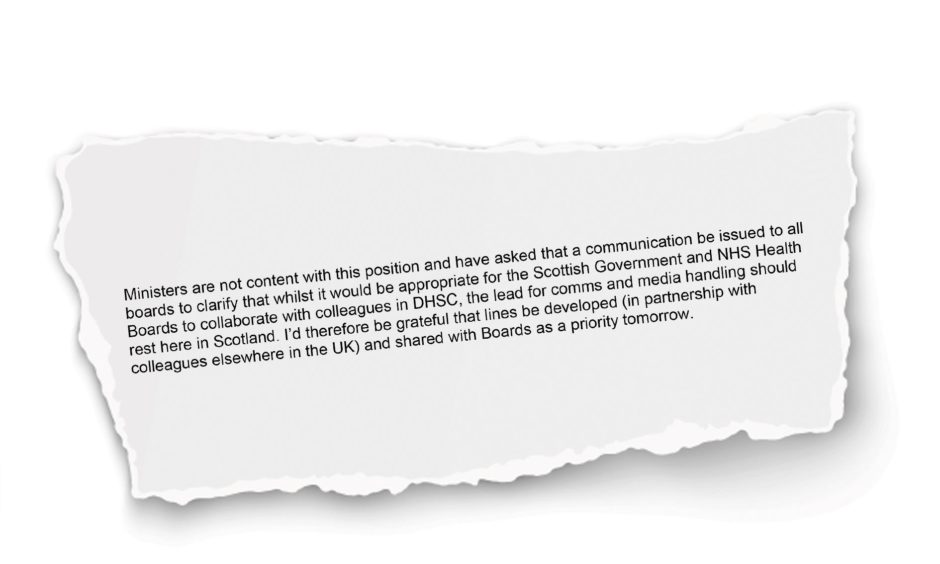
On January 22 last year, a senior official wrote: “Ministers are not content with this position and have asked that a communication be issued to all boards to clarify that whilst it would be appropriate for the Scottish Government and NHS health boards to collaborate with colleagues in DHSC, the lead for comms and media handling should rest here in Scotland.”
The same civil servant wrote the following morning: “Ministers have encouraged us to ensure we clarify this as a matter of urgency so it would be good if we could develop agreed lines and communicate this to boards to help everyone respond consistently with media enquiries.”
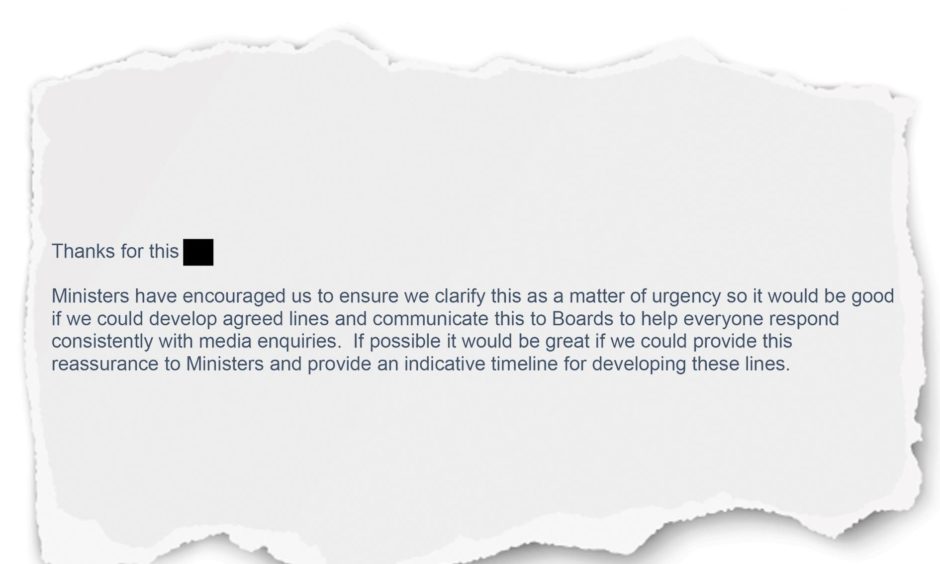
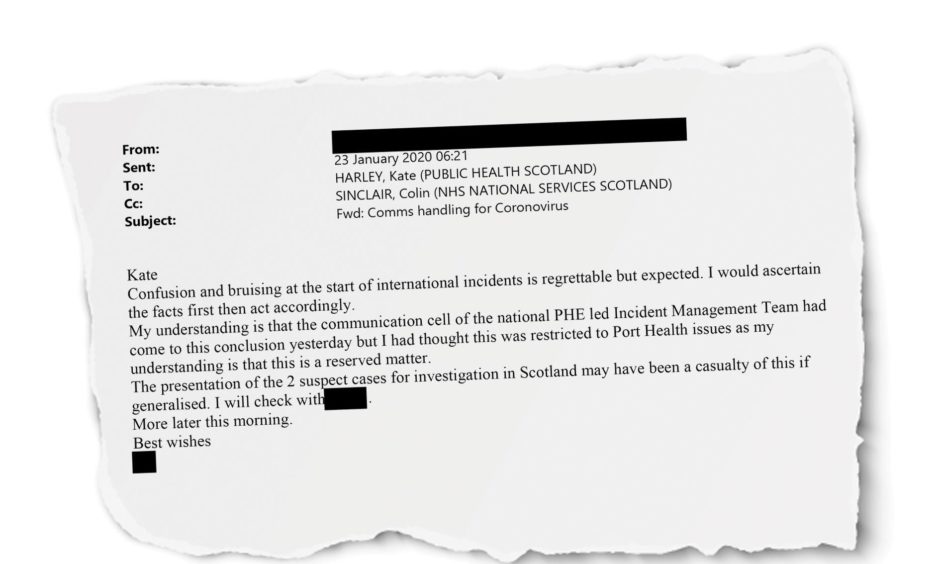
Memos between Scottish Government officials from January 22 show BBC Radio Scotland had asked for comment on a suspected case in the NHS Lothian area.
They were discussing “why DHSC wish to manage all of the comms”, with one saying: “It seems strange to me and uncomfortable that we’re not handling comms here”.
The unnamed staff member added: “This may also be due to the status of the novel virus but I’m blind to any agreed protocol here I’m afraid.”
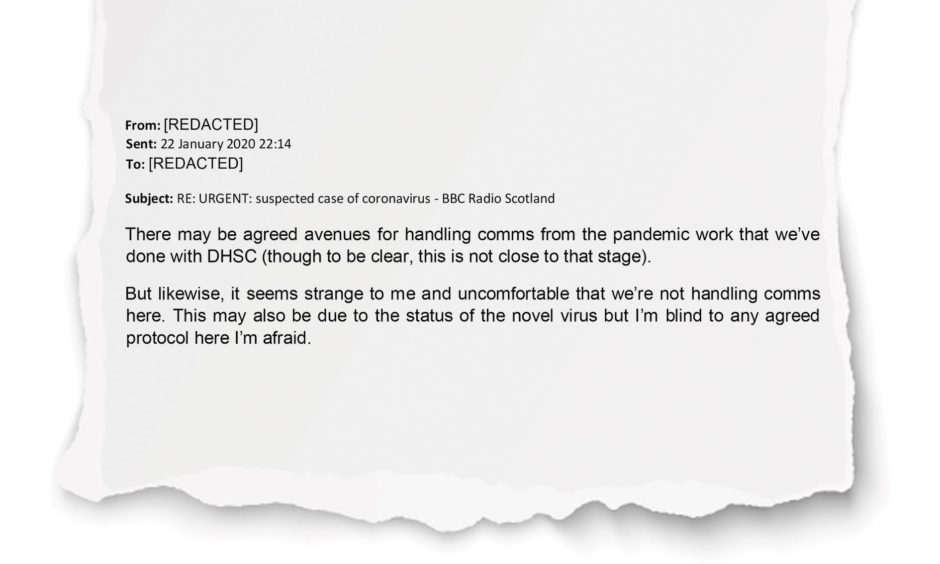
A Scottish Government spokesman said: “The response to the coronavirus pandemic has been on a four nations basis throughout, however health is devolved in Scotland and the Scottish response is led by the Scottish Government.
“There was a brief misunderstanding by NHS National Services Scotland and officials asked for this position to be corrected.”
A UK Government spokesman said: “We have confronted this virus as one United Kingdom, working closely with the devolved administrations and local partners, from the outset, as we do everything we can to get through the pandemic.
“This has included extensive collaboration and dialogue with the devolved administrations and this approach will continue to be fundamental to the planning and communication of the overall response.
“This includes the UK Government securing, purchasing, and delivering vaccines to people across all four nations.”
